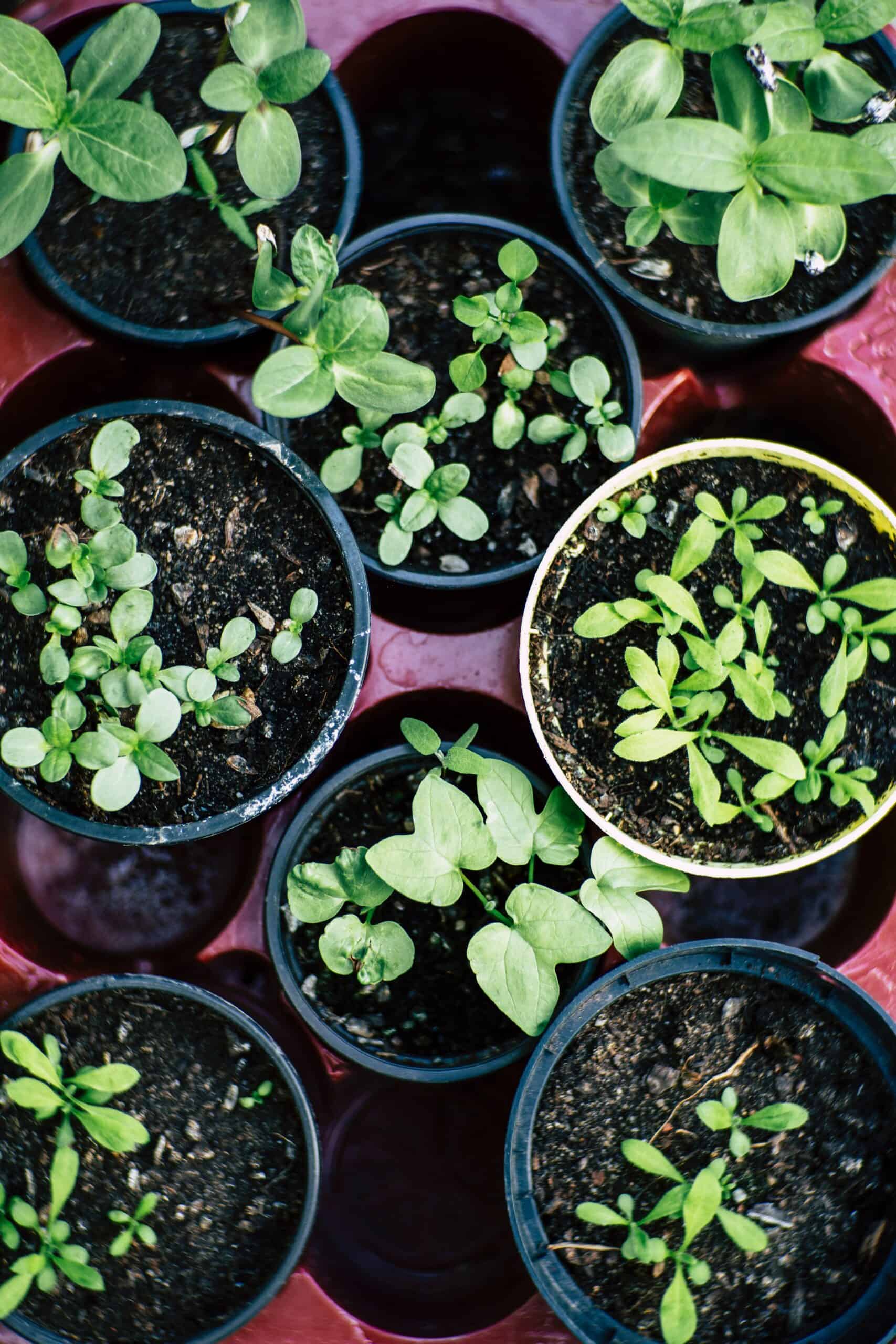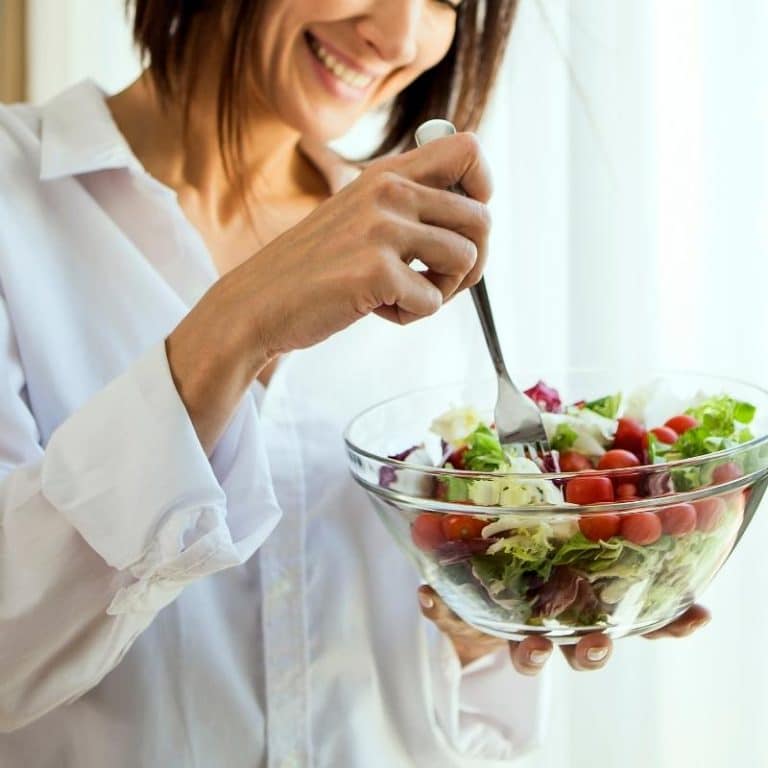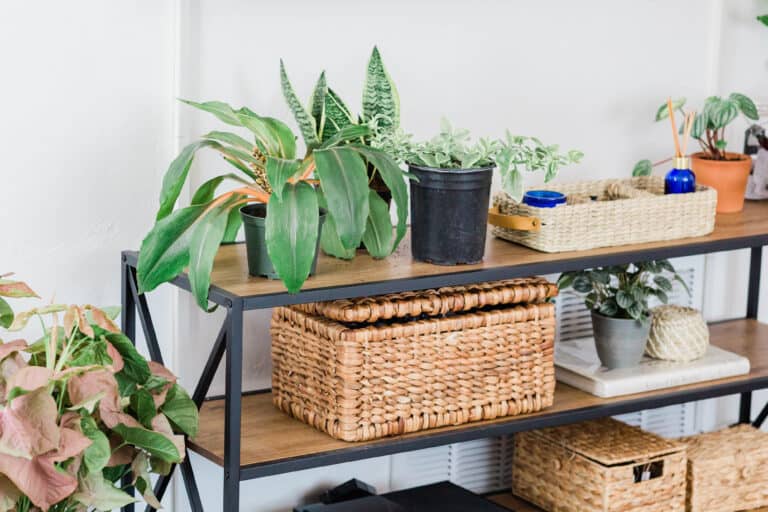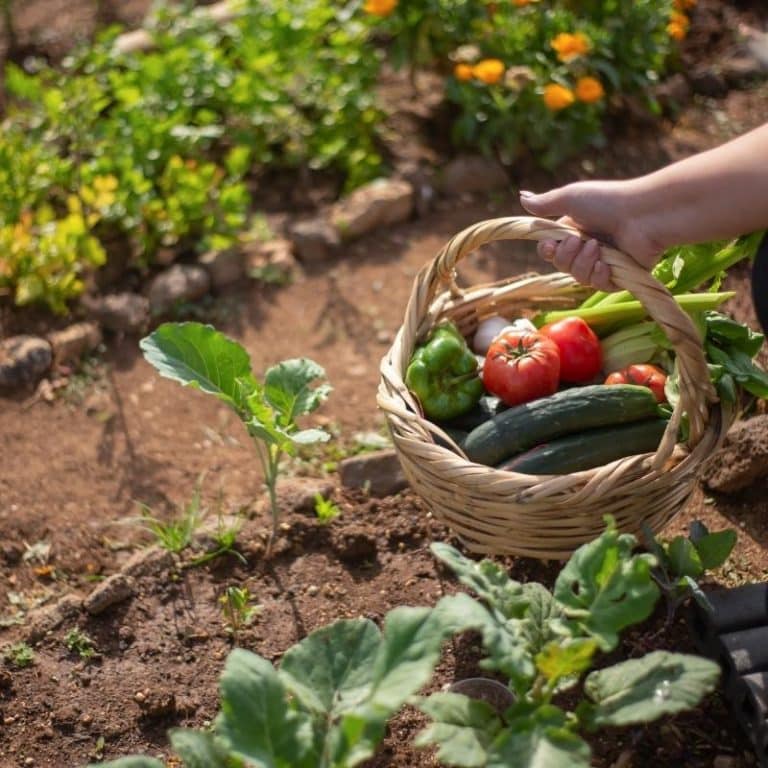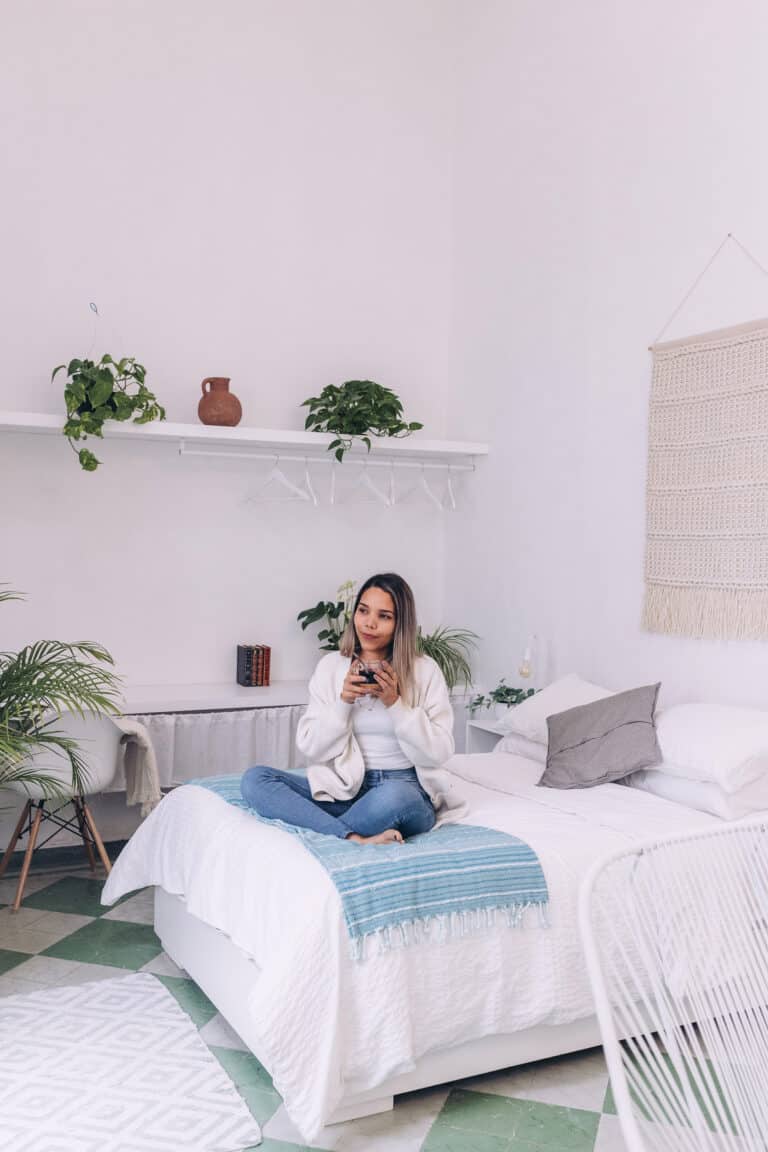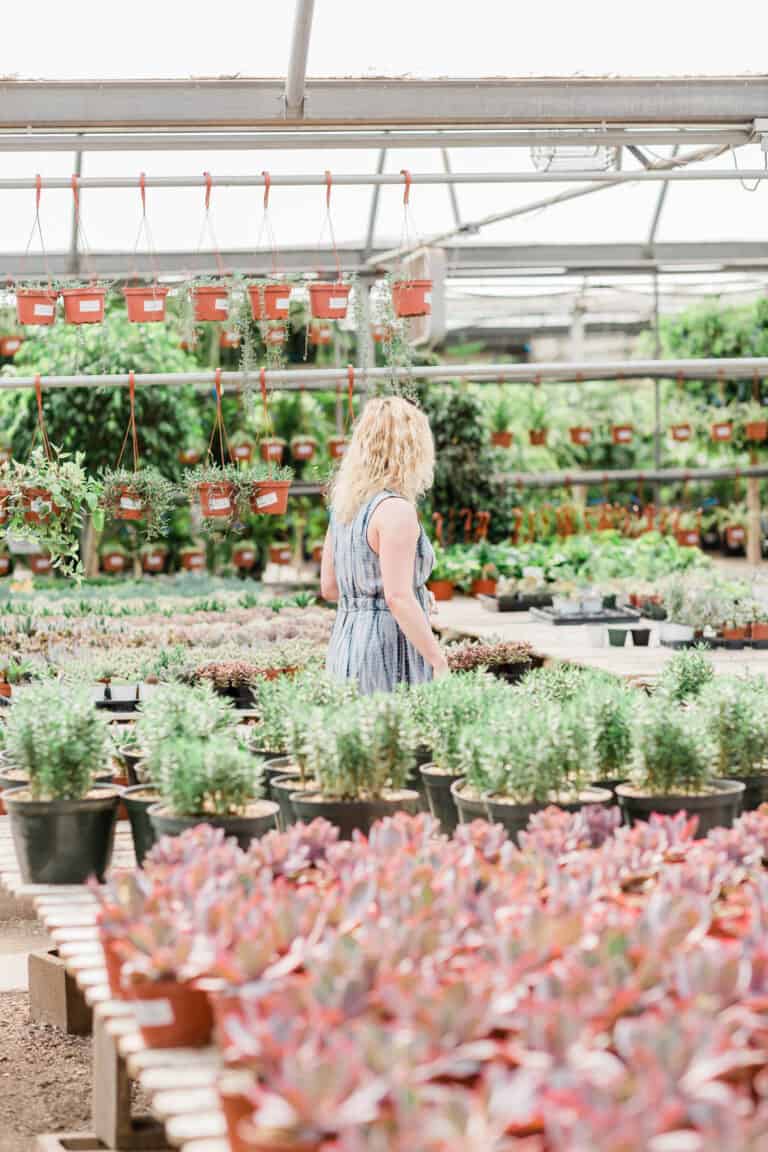Why Are My Vegetable Plants Not Growing? Tips for a Thriving Garden
Did you know there’s an age-old debate about whether plants can hear us talking to them? (Well, more like if they grow better when someone’s chatting away near them, but you get the point.)
I’ve talked to my vegetable plants (like a lot), and still, they haven’t grown the way they’re “supposed to.” so maybe i am on the side of the debate that says it is untrue.
We’ve all been there, wishing we could crack the code on why those darn veggie plants just won’t flourish, no matter how much TLC we give them.
So, I’ve decided to answer the ultimate gardening question.
Why are my vegetable plants not growing?
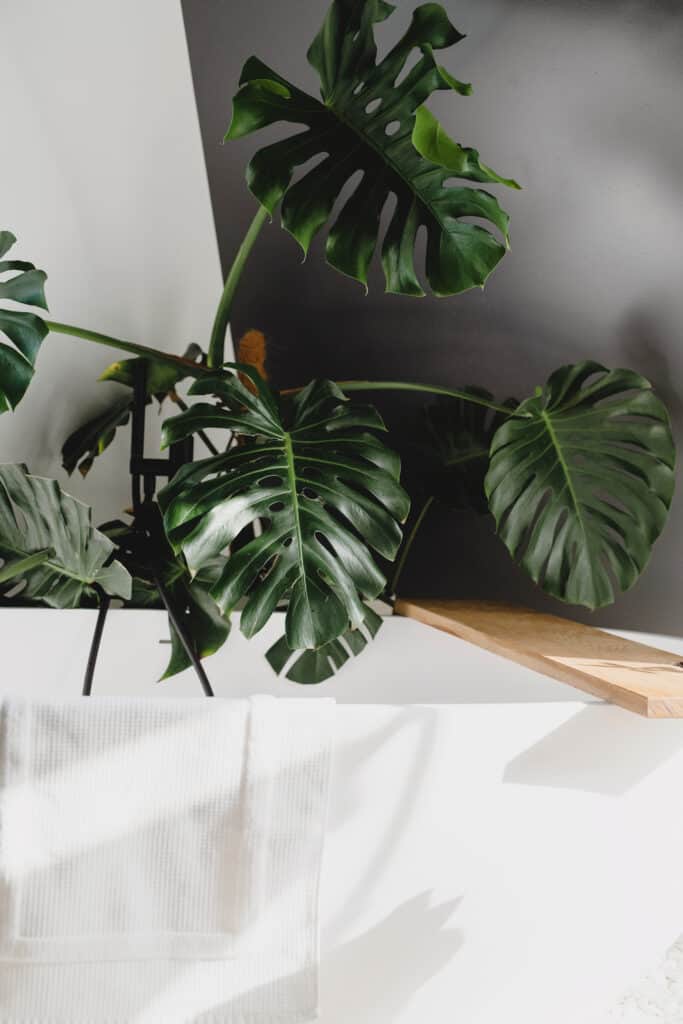
Understanding Plant Growth
Basic Requirements
Before we dive into the reasons why your vegetable plants may not be growing, let’s first understand the basic requirements for plant growth.
Plants need four main things to thrive: water, sunlight, nutrients, and air.
Water is essential for plant growth as it helps transport nutrients throughout the plant. It is important to provide your plants with adequate water, but not too much as this can lead to root rot.
Sunlight is also crucial for plant growth as it provides the energy needed for photosynthesis, which is the process by which plants produce food.
Different plants have different light requirements, so it is important to research the specific needs of your plants.
Nutrients are another essential component of plant growth. Plants need a variety of nutrients, including nitrogen, phosphorus, and potassium, to grow and produce fruit. These nutrients can be found in fertilizers and compost.
Air is also important for plant growth as it helps transport nutrients and allows for gas exchange. Adequate air circulation is important to prevent diseases and pests from taking hold in your plants.
Growth Cycle
Understanding the growth cycle of plants is also important in determining why your vegetable plants may not be growing. Plants go through several stages of growth, including germination, vegetative growth, flowering, and fruiting.
During the germination stage, the seed sprouts and begins to grow roots and leaves. During the vegetative growth stage, the plant grows stems and leaves and begins to develop its root system. Once the plant reaches maturity, it will begin to flower and produce fruit.
It is important to provide your plants with the appropriate growing conditions for each stage of growth.
For example, during the vegetative growth stage, plants need more nitrogen to develop strong stems and leaves. During the fruiting stage, plants need more phosphorus and potassium to produce fruit.
Understanding the basic requirements and growth cycle of plants is essential in determining why your vegetable plants may not be growing.
By providing your plants with the appropriate growing conditions, you can help ensure healthy growth and a bountiful harvest.
Common Problems
If you’re having trouble getting your vegetable plants to grow, there are a few common problems that could be the culprit. Here are the most likely reasons why your vegetable plants are struggling and what you can do to fix them.
Inadequate Sunlight
Vegetables need plenty of sunlight to grow and thrive. If your plants aren’t getting enough sun, they may grow slowly, produce small yields, or fail to produce at all.
To determine if your plants are getting enough sunlight, check the area where they’re planted throughout the day. Ideally, vegetable plants should receive at least six hours of direct sunlight each day.
If your plants aren’t getting enough sun, try moving them to a sunnier location or trimming back any nearby trees or shrubs that may be blocking the sun.
Poor Soil Quality
The quality of your soil can also have a big impact on the growth of your vegetable plants. If your soil is lacking in essential nutrients, your plants may grow slowly or produce small yields.
To improve the quality of your soil, consider adding compost or other organic matter to your garden bed.
This will help to enrich the soil and provide your plants with the nutrients they need to grow strong and healthy. You can also test your soil pH to make sure it’s within the ideal range for growing vegetables.
Incorrect Watering
Watering your vegetable plants too much or too little can also cause problems. Overwatering can lead to root rot and other fungal diseases, while underwatering can cause your plants to wilt and die.
To ensure that your plants are getting the right amount of water, check the soil moisture regularly. Stick your finger into the soil about an inch deep. If the soil feels dry, it’s time to water. If the soil feels wet, hold off on watering for a day or two.
By addressing these common problems, you can help your vegetable plants to grow strong and healthy, and produce a bountiful harvest.
Pest and Disease Issues
When your vegetable plants are not growing, pests and diseases may be the culprits. Here are some common pests and diseases that can affect your vegetable garden:
First, let’s tackle the notorious Pest Gang.
- Aphids: Tiny squishy bugs that make a living outta sucking sap from our beloved plants. Keep your eyes peeled for ’em! You can show them the way out with insecticidal soap or neem oil
- Cutworms: Sneaky little moth larvae that chow down on plant stems at soil level. They seriously need to cut it out . Defend your garden with physical barriers or insecticides
- Tomato horn-worms: These giant, green leaf-munching caterpillars have a particular taste for tomatoes. Handpick ’em off or grab some insecticides as backup.
- Cabbage worms: The green caterpillar cousins of Tomato horn-worms, these guys love cabbage, broccoli, and the whole brassica family. Deal with them just like you would their tomato-loving relatives.
- Slugs and snails: The slimy duo who love munching on leaves and fruits. Show them who’s boss by setting up physical barriers or bait traps
Now, let’s dive into the world of Common Plant Diseases. (Dun dun dunnn…)
- Powdery mildew – Symptoms: White, powdery coating on leaves. Solution: Unleash the fungicides or pluck those affected leaves away
- Downy mildew – Symptoms: Yellow spots on leaves with a gray or purplish mold on the undersides. Solution: Do the fungicide dance again, or remove affected leaves.
- Fusarium wilt & Verticillium wilt – Symptoms: Yellowing and wilting of leaves. (Deja vu, huh?). Solution: Remove infected plants and rotate your crops.
- Blossom end rot – Symptoms: Dark, sunken spots on the bottom of fruit. Solution: Time for a soil calcium boost! Then, water your plants consistently.
Here’s the deal, prevention is better than cure. Keep a close eye on your plants, and take action ASAP when you see any signs of trouble.
A little attention to soil prep, watering, and fertilization will help you steer clear of pests and diseases.
Nutrient Deficiencies
When your vegetable plants are not growing, one possible reason is nutrient deficiency. Nutrient deficiency occurs when a plant does not get enough of a particular nutrient to grow properly. Here are some signs of nutrient deficiency and how you can correct it.
Signs of Nutrient Deficiency
Different nutrients have different symptoms of deficiency. Here are some common symptoms:
- Nitrogen deficiency: Leaves may turn yellow and die if sufficient nutrients are not available to plant roots. Nitrogen, in particular, may be in short supply early in the growing season.
- Phosphorus deficiency: Leaves may turn dark green in both leaves and stems and may acquire a purplish color. This can be a result of the conditions being too cold for the plant to take up phosphorus.
- Potassium deficiency: Leaves may turn yellow or brown and may curl or wilt. This can be a result of the plant not getting enough potassium to grow properly.
- Calcium deficiency: Leaves may turn brown or black on the edges and may curl or wilt. This can be a result of the plant not getting enough calcium to grow properly.
How to Correct Nutrient Deficiency
To correct nutrient deficiency, you need to identify the specific nutrient that is lacking and provide it to the plant. Here are some ways to correct nutrient deficiency:
- Nitrogen deficiency: Add nitrogen-rich fertilizers to the soil, such as blood meal, fish meal, or compost.
- Phosphorus deficiency: Add phosphorus-rich fertilizers to the soil, such as bone meal or rock phosphate.
- Potassium deficiency: Add potassium-rich fertilizers to the soil, such as wood ash or compost.
- Calcium deficiency: Add calcium-rich fertilizers to the soil, such as gypsum or limestone.
It is important to note that adding too much fertilizer can harm the root system of a plant. Therefore, it is important to follow the instructions on the fertilizer package and not over-fertilize.
Environmental Stressors
Environmental stressors can cause a variety of issues for your vegetable plants, resulting in stunted growth, wilting, and even death. Understanding the different types of environmental stressors that can affect your plants can help you take steps to prevent or mitigate their impact.
Temperature Stress
Temperature stress can occur when plants are exposed to temperatures that are too high or too low for their optimal growth. High temperatures can cause plants to wilt, while low temperatures can slow down their growth and even cause leaves to turn yellow or brown.
To prevent temperature stress, it’s important to choose vegetable plants that are suited to your climate and to provide them with appropriate growing conditions. This may include using shade cloth to protect plants from excessive heat, or using row covers to protect them from frost.
Transplant Shock
Transplant shock can occur when plants are moved from one location to another, such as when they are transplanted from seedlings to a garden bed. This can cause the plants to wilt, lose leaves, or even die.
To prevent transplant shock, it’s important to handle plants carefully when transplanting them and to provide them with appropriate growing conditions after they have been transplanted. This may include providing extra water and nutrients, as well as using shade cloth or other protective measures to help the plants adjust to their new environment.
By understanding the different types of environmental stressors that can affect your vegetable plants, you can take steps to prevent or mitigate their impact and ensure that your plants grow healthy and strong.
Conclusion
So if you’ve been scratching your head wondering why your veggie babies aren’t thriving as they should? You’re not alone.
To wrap up, here are some common reasons that can mess with your leafy greens’ mojo, and what you can do to help those little guys reach their full potential. (Because who doesn’t want an Instagram-worthy garden, right?)
First things first: soil quality. Poor soil quality can lead to nutrient deficiencies and all sorts of nasty plant diseases.
You can test your soil and fix it up with some high-quality compost or other organic goodness.
Next up: sunlight. Your veggies need a good dose of vitamin D, and at least 6 hours of direct sunlight a day should do the trick.
Make sure your garden isn’t hiding in the shadows. Now, if your garden’s got a bit of a shady situation going on, there are veggie varieties that need less sunlight, like these cool shade-tolerant plants.
Let’s talk fertilization. Over-fertilizing or under-fertilizing your plants can seriously stunt their growth.
So, stick to the recommended fertilization schedule for your specific plants. Less is more!
Watering – another crucial aspect. Drown your plants, and they’ll get root rot. Leave them parched, and they’ll wither away to nothingness.
So, find that Goldilocks zone and water consistently.
Pro tip: avoid getting those lovely leaves wet to prevent fungal growth.
Last but not least: picking the right veggies . Planting the wrong veggies in the wrong area is like forcing a fish to climb a tree – it just ain’t gonna work. So do your homework and choose plants that will love your garden setup.
After all, life’s too short to grow mediocre vegetables.

